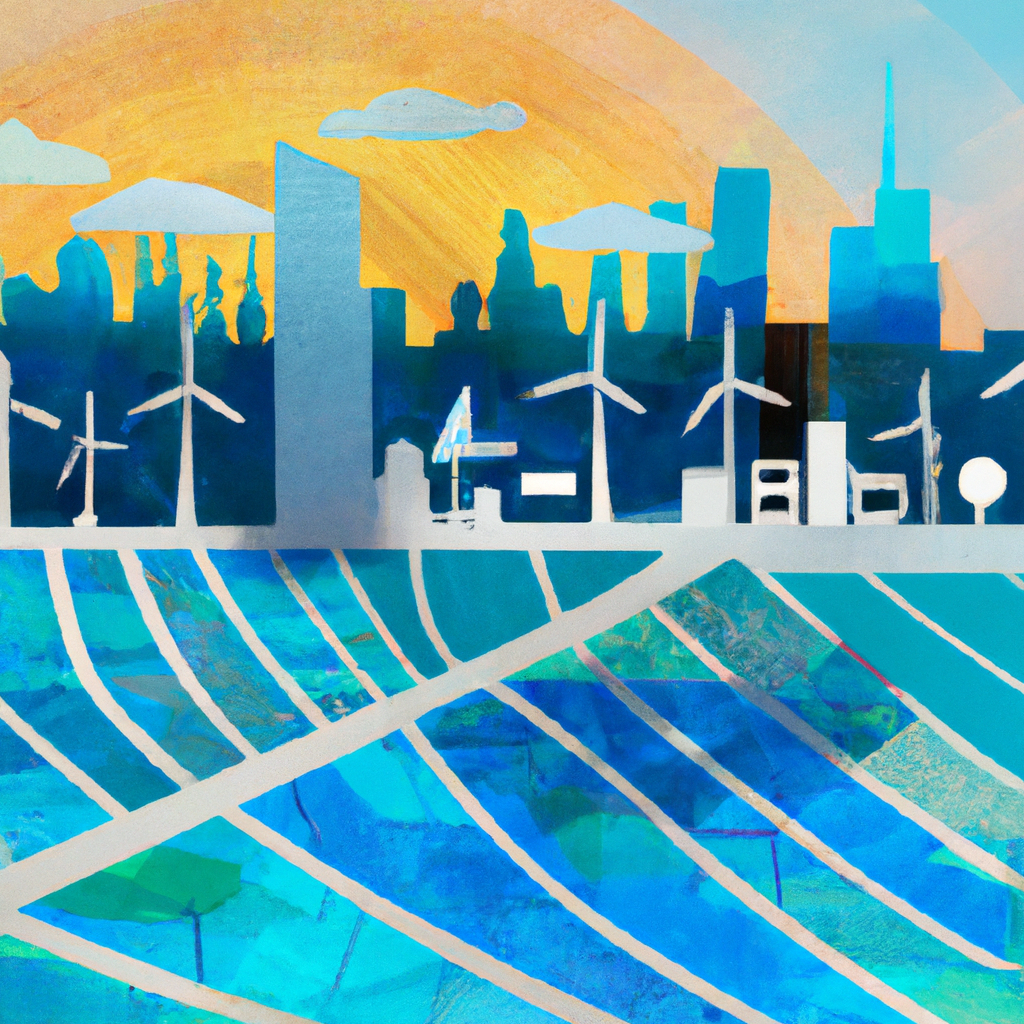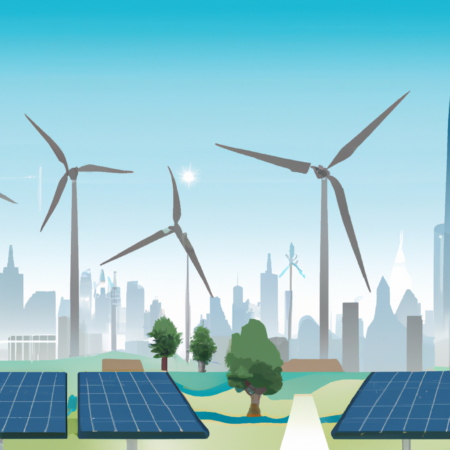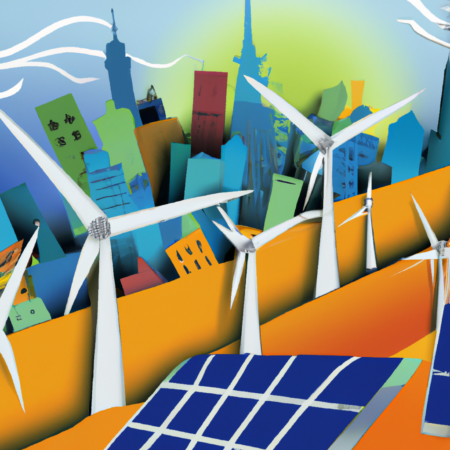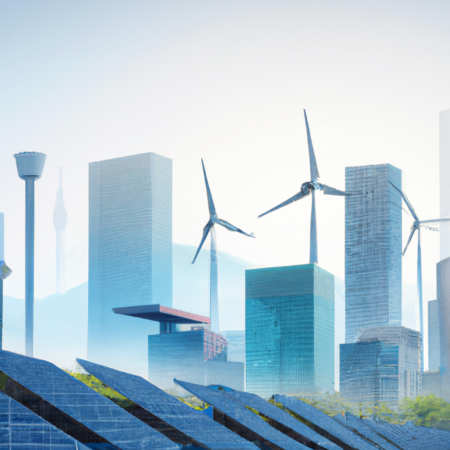Harnessing the Power of Renewables: The Future of Energy in 2025
As we move deeper into the second quarter of 2025, the global energy landscape is undergoing a significant transformation. The shift towards renewable energy sources has accelerated, driven by technological advancements, increasing environmental awareness, and supportive governmental policies. This blog post explores the current state of renewable energy, its impacts, and future trends shaping our world.
Technological Innovations in Renewable Energy
Recent years have seen remarkable developments in the efficiency and cost-effectiveness of renewable energy technologies. Solar photovoltaic cells and wind turbines have achieved higher energy outputs at lower costs, thanks to innovations in materials science and engineering. Additionally, the integration of artificial intelligence in energy systems is optimizing the distribution and storage of power, reducing waste, and increasing accessibility.
Governmental Policies and Global Shifts
In response to the urgent need for climate action, governments worldwide have introduced incentives for renewable energy adoption, such as subsidies, tax breaks, and grants. These initiatives have not only spurred growth in the renewable sector but have also encouraged businesses and consumers to make sustainable choices. The European Union’s recent directive on renewable energy targets is a prime example, aiming for a 40% share of energy from renewable sources by 2030.
Environmental Impact and Sustainability
The environmental benefits of renewable energy are clear. By reducing reliance on fossil fuels, we are seeing a significant decrease in carbon emissions and other pollutants. This shift is crucial in combating climate change and protecting biodiversity. Moreover, renewable energy projects often have a smaller environmental footprint and can be integrated into existing landscapes with minimal disruption.
Challenges and Future Directions
Despite the progress, challenges remain. The intermittent nature of sources like solar and wind requires improvements in energy storage technologies. The future of energy is also likely to see a greater emphasis on decentralization, with microgrids and home energy systems becoming more commonplace, empowering individuals and communities to produce their own energy.
Conclusion
The future of energy in 2025 is bright, with renewable energy at the forefront of creating a sustainable and resilient energy system. As we continue to innovate and adapt, the potential for a cleaner, greener planet becomes more achievable.






